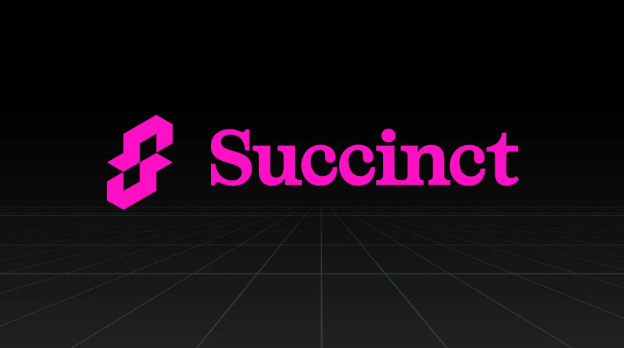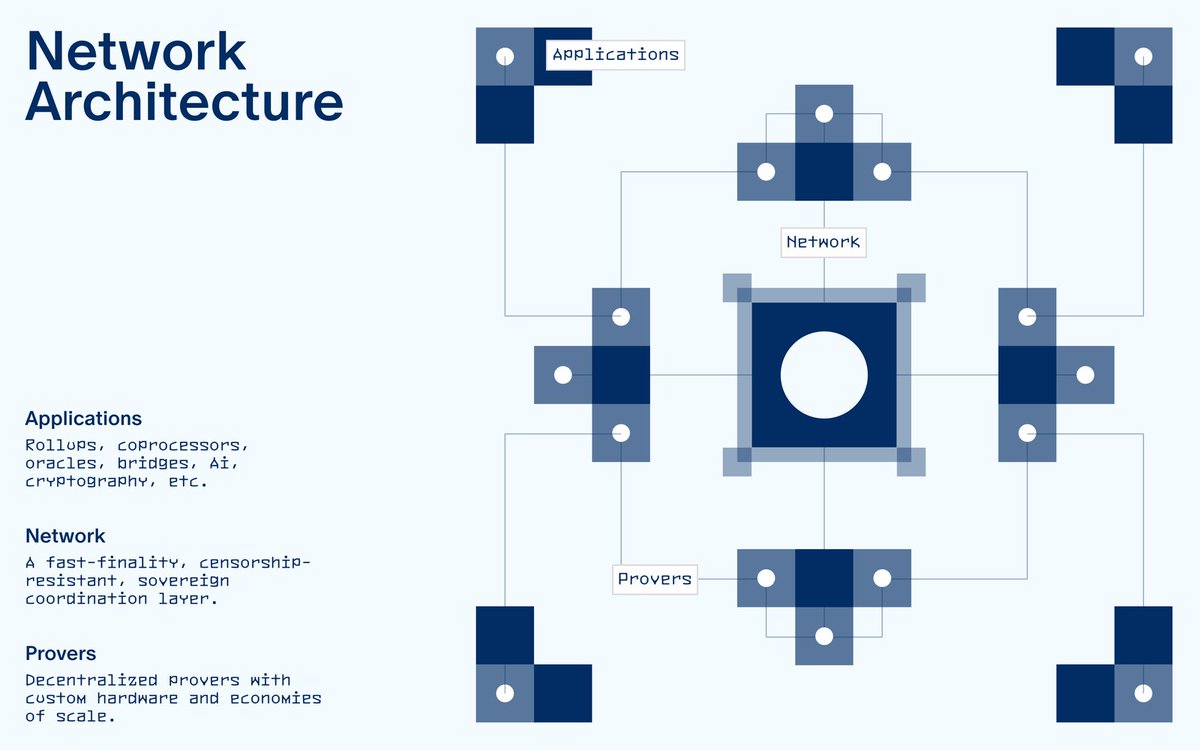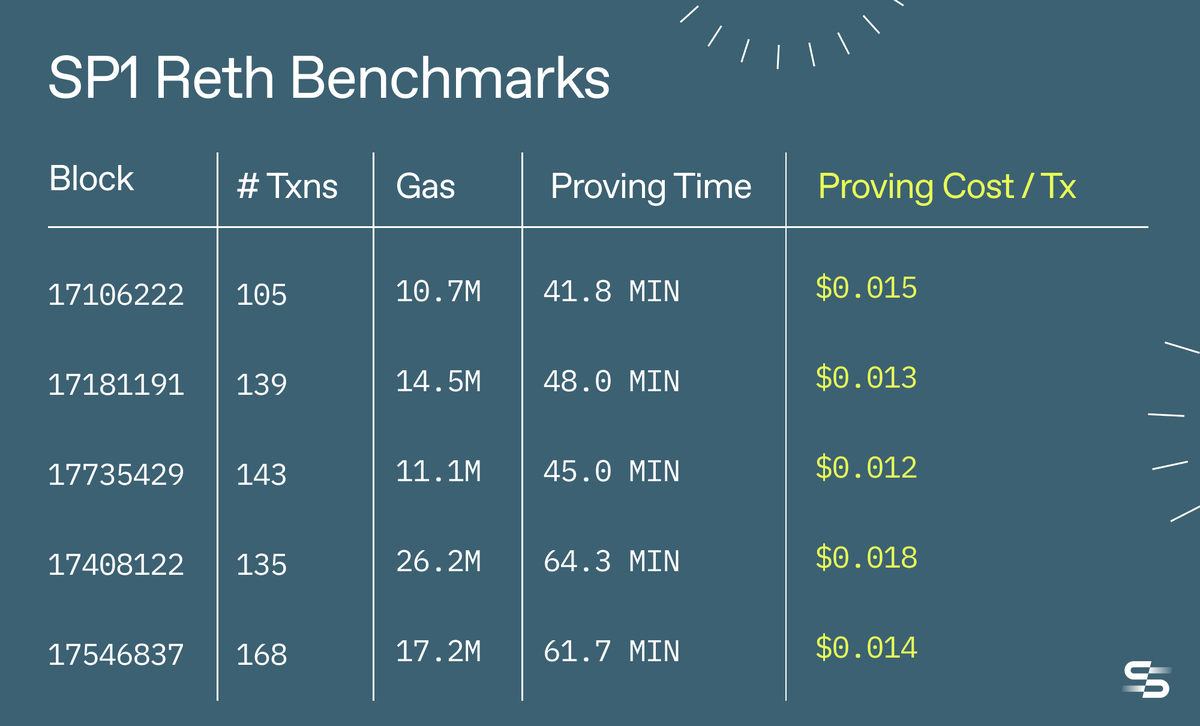<Why did ZK fail, and what is Succinct trying to change?>
1. Problem Awareness
Bitcoin's creator, Satoshi Nakamoto, expressed skepticism about Zero-Knowledge Proofs (ZKP).
He stated, "To prove that something does not exist, you need to know the entire transaction," concluding that applying ZKP to blockchain is structurally difficult.
However, he also mentioned that "if a solution is found, it would be much better, easier, and more convenient to implement Bitcoin." In other words, while recognizing the technical limitations of ZK, he acknowledged that if resolved, it could be a significant turning point in the evolution of blockchain.
Years later, the cypherpunk community and ZK researchers have finally found that solution. Zcash was the first case to apply ZKP to a real cryptocurrency, and subsequent projects like StarkWare, zkSync, and Scroll have developed this technology as a key means to enhance Ethereum's scalability and verifiability.
However, there is still a gap in reality. Creating a zkEVM requires deep expertise, years of development time, and high-performance hardware, and most projects end up relying on specific proof providers instead of operating their own ZKP infrastructure. As a result, ZKP remains a complex tool that only a few can handle rather than a technology that anyone can use.
2. What is Succinct?
Succinct (@SuccinctLabs) is an attempt to directly address this issue. Its core mission is to transform ZKP into an infrastructure that all developers can easily use, enabling anyone to create a 'trustless system' without complex circuits or infrastructure.
Succinct is an infrastructure that turns the ideal of a 'Trustless' system, which blockchain has pursued, into a practically implementable reality. Trustless does not mean 'untrustworthy'; rather, it refers to a structure that operates independently without relying on trust, i.e., a mathematically verifiable system without third parties or central authorities.
However, the current blockchain ecosystem still heavily relies on trust. Bridge hacks, multi-signature operations, and centralized validator delegations all serve as evidence that we still need to trust people or organizations for the system to function.
The attempt to break through these trust-based limitations is precisely the Zero-Knowledge Proof (ZKP) technology. This technology allows one to mathematically prove that "this calculation is correct" without trusting anyone, making it a fundamental basis for decentralized systems. The problem has been that ZKP is too complex and heavy for practical use.
3. Why did ZKP feel difficult?
ZKP technology has high barriers as much as its potential. In particular, creating a zkEVM requires a specialized team, years of development time, and costly infrastructure. Most zk projects had to design their own circuits, build dedicated zkVMs, and operate hardware directly. Only after going through all these processes could they claim to be "ZK rollups."
Moreover, existing general-purpose zkVMs were very inefficient in generating proofs. Typically, proving a single block required a cluster of dozens of high-performance machines, costing $10 to $20 per block. Due to these technical burdens and operational costs, many projects either abandoned the introduction of ZKP altogether or chose to rely on some centralized proof providers.
4. Succinct's Attempt
@SuccinctLabs views these structural issues as 'infrastructure problems.' ZKP is technically powerful enough, but the question is who, how, and at what cost it is implemented. Therefore, Succinct is creating a decentralized prover network that anyone can easily access without individual projects needing to operate proof infrastructure directly.
Developers do not need to set up complex zkVMs or procure hardware. When they send proof requests to the network, various provers with different hardware bid to process them in an auction-like manner. Proof costs naturally decrease through competition, and provers efficiently generate proofs using high-performance equipment. As a result, developers receive fast and inexpensive proofs, while the entire ecosystem benefits from a proof infrastructure with high availability and censorship resistance.
Succinct is not just demonstrating technical possibilities; it is proving its role in areas where actual demand arises. A representative example is the emergence of the 'CLOBs on Blobs' trend in the @celestia ecosystem. Decentralized exchanges using high-performance central limit order book (CLOB) methods are appearing on Celestia's blob space, leading to infrastructure demands for large-scale data processing and rapid state proofs.
Projects like Hyperliquid and @hibachi_xyz are implementing complex order book trading and price discovery logic on-chain, which requires scalability and performance beyond simple rollups. What is needed here is Celestia's high-performance data availability layer and the decentralized ZK proof infrastructure provided by Succinct.
In fact, Celestia has seen a rapid increase in the actual usage of blob space, and behind this, ZK infrastructures like Succinct are quietly contributing. If Celestia provides a 'verifiable data storage,' Succinct is responsible for creating 'verifiable state transitions' on that data. This combination can be seen as the starting point for ZKP technology to transition from abstract theory to a functioning system in reality.
5. A zkEVM that anyone can handle, SP1 and SP1 Reth
By solving the accessibility of infrastructure, Succinct also aims to lower the entry barriers of zkVM itself by developing an open-source zkVM called SP1 (Succinct Processor 1). SP1 is a general-purpose zkVM implemented in Rust, designed for anyone to use directly without the complex circuit design required by existing zkEVMs.
An early example demonstrating the potential of SP1 is SP1 Reth. SP1 Reth is a type-1 zkEVM implemented with just about 2,000 lines of Rust code, easily configured by reusing components from the existing Ethereum client ecosystem (Reth, Revm, Alloy, etc.). Even more astonishing is its performance. The average proof cost per Ethereum transaction for SP1 Reth is only about $0.01 to $0.02, which is lower than the data availability costs commonly incurred in L2.
The reason this performance is possible is due to the 'precompile' system that SP1 possesses. It processes computationally intensive operations like hash functions and signature verifications in a pre-optimized structure, significantly reducing the resources consumed by the zkVM. Until now, implementing zkEVM with a zkVM cost $10 to $20 per block, but SP1 Reth has succeeded in reducing this to single-digit figures.
Both SP1 and SP1 Reth are fully open-source and available for anyone to fork and create their own zkEVM or add precompiles to improve performance. This represents a complete upheaval of the existing high-cost, high-difficulty zk development environment, opening an era where any Rust developer can participate in zk systems.
6. Ultimately, ZK is now accessible to everyone
Succinct is filling in the last puzzle pieces of ZKP technology's potential, accessibility, and practicality. Without complex circuits or dedicated hardware, anyone can create applications utilizing ZKP, and the proofs are processed by a decentralized network.
We are entering an era where all rollups can become ZK rollups, and the internet operates solely on truth. At the starting point of this is Succinct and SP1. Now, ZKP is a technology for everyone, not just a select few.
Show original



7.83K
56
The content on this page is provided by third parties. Unless otherwise stated, OKX is not the author of the cited article(s) and does not claim any copyright in the materials. The content is provided for informational purposes only and does not represent the views of OKX. It is not intended to be an endorsement of any kind and should not be considered investment advice or a solicitation to buy or sell digital assets. To the extent generative AI is utilized to provide summaries or other information, such AI generated content may be inaccurate or inconsistent. Please read the linked article for more details and information. OKX is not responsible for content hosted on third party sites. Digital asset holdings, including stablecoins and NFTs, involve a high degree of risk and can fluctuate greatly. You should carefully consider whether trading or holding digital assets is suitable for you in light of your financial condition.

